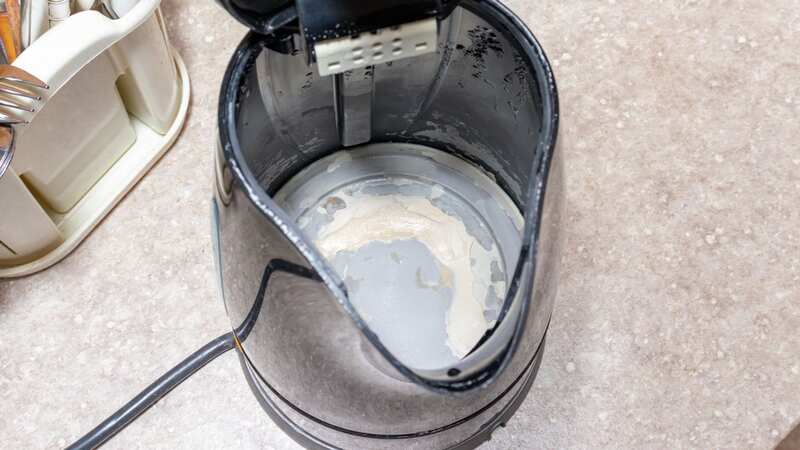Nifty 99p ingredient melts away kettle limescale and 'extends lifespan'

Of all the places limescale can build up - including taps, showers, and toilets - the kettle is perhaps the easiest to miss.
But nobody wants the chalky deposit building up inside the appliance, as it could end up floating in your drink and affecting the flavour.
Ignoring the deposits, most commonly found in areas with hard water, can also impact the efficiency of your kettle, as Express.co.uk reports.
To make matters worse, the build-up, caused by high levels of magnesium and calcium in water, won't be going anywhere anytime soon, unless you tackle the problem. Instead, each time you fill the appliance with water, the limescale will spread and spread.
 An expert shared her top tips for tackling the problem (stock photo) (Getty Images/iStockphoto)
An expert shared her top tips for tackling the problem (stock photo) (Getty Images/iStockphoto)Keen to help, a Beko expert shared how best to clean your kettle inside and out - something you should be doing regularly.
 Cleaning guru shares why you shouldn't make your bed first thing in the morning
Cleaning guru shares why you shouldn't make your bed first thing in the morning
Shalika Hooda, marketing manager at Beko, shared step-by-step instructions to follow, once you've unplugged your kettle from the mains and waited for the appliance to cool down.
First up, it's worth turning your attention to the kettle's exterior. "When cleaning your kettle, start with the exterior and use a damp cloth with soapy water to remove any grime and bacteria.
"Once you have cleaned the exterior, dry the appliance with a soft towel for a shiny finish," said Shalika.
As for the interior, you can use white vinegar or citric acid and water to clean out limescale. "Frequently descaling your kettle will remove any strange aftertaste whilst also extending the lifespan of your appliance," advised the expert.
"Plug the kettle back into the mains after cleaning the exterior and fill the appliance with water, reaching the three-quarter mark on the indicator.
"Add vinegar or citric acid to the appliance, filling the kettle to the top-level line. Turn the kettle on and bring this mixture to a boil. Once boiled, unplug the appliance and leave the solution in the kettle for a few hours.
"Pour the solution out and rinse the inside thoroughly. After this, fill the kettle with clean water and boil again. Finally, empty the kettle and rinse well with water." It sounds simple enough, right? If you find there's still some limescale left, you can repeat the process.
Given the popularity of the required cleaning products, lots of us will already have white vinegar or citric acid to hand, waiting in a kitchen cupboard. If not, Dri-Pak Citric Acid costs £2.30 from Ocado and Pure Source Nutrition Citric Acid 100 per cent costs £2.99 from Amazon.
Alternatively, Wilko Original White Vinegar Spray costs £1.50 from Wilko and Stardrops White Vinegar Multi-Purpose Cleaning Spray costs 99p from Asda.
Read more similar news:
Comments:
comments powered by Disqus
































